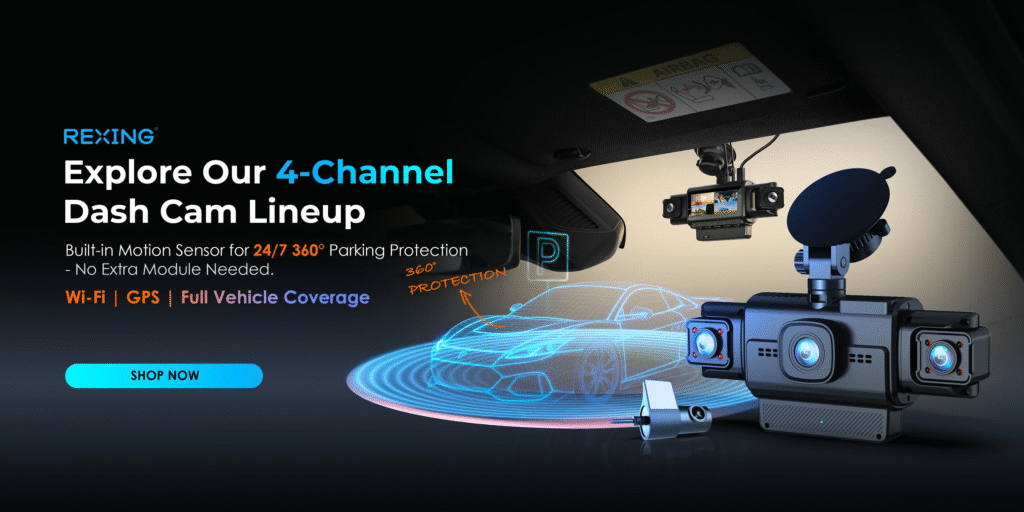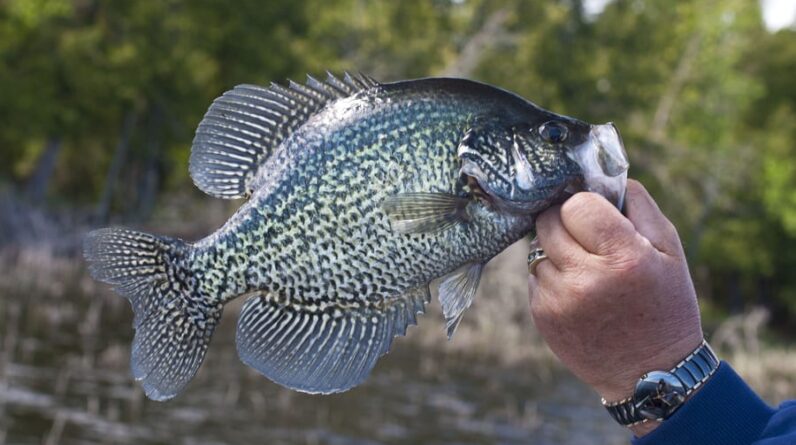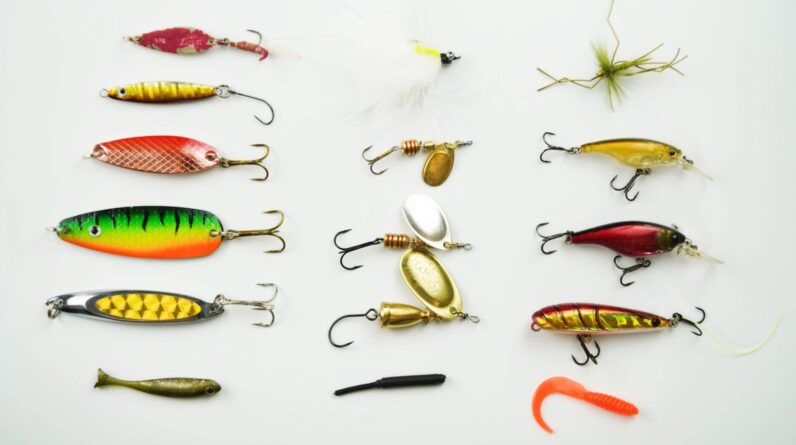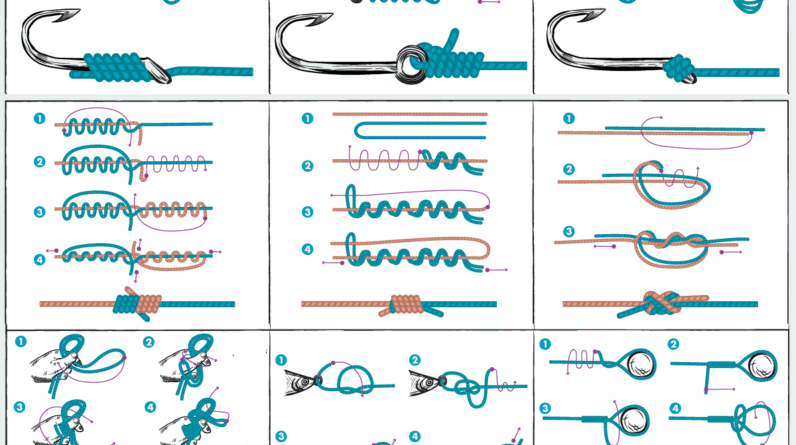Fishing on a Budget: Fishing is one of World’s favorite outdoor pastimes. Whether you’re casting a line off a quiet pier, paddling across a glassy lake at sunrise, or teaching your kids how to hook their first bluegill, the joy of fishing is universal.
But there’s one thing every angler knows: fishing can get expensive fast. Between rods, reels, tackle, bait, licenses, travel, and sometimes even a boat, the total can hit hundreds or even thousands of dollars before you realize it.
The good news? You can enjoy fishing often and do it well without draining your wallet. This complete guide, brought to you by the experts at CheerfulFisherman.com, will show you how to fish on a budget without missing a single moment of fun. You’ll discover clever gear hacks, DIY bait recipes, affordable fishing trips, and smart shopping tips to help you save big. Whether you’re a weekend angler or a seasoned fisherman, this guide will help you make the most of every cast while keeping your costs low and your adventures exciting.
1. Why Fishing Doesn’t Have to Be Expensive
Many beginners assume that fishing is an expensive hobby reserved for those who can afford fancy gear or boats. The truth is, fishing is one of the most budget-friendly outdoor hobbies out there.
What really matters is knowledge, patience, and technique, not brand names or shiny equipment. With smart planning and a few thrifty strategies, you can enjoy great fishing days for less than what most people spend on a single restaurant meal.

2. Planning a Realistic Fishing Budget
Start by figuring out where your fishing money goes. This helps you see where you can cut costs and where to invest wisely.
| Category | Typical U.S. Cost | How to Save |
|---|---|---|
| Rods & Reels | $40–$600+ | Buy quality mid-range combos or used gear |
| Tackle & Lures | $10–$100 | Stick to multipurpose lures, buy in bulk |
| Bait | $0–$25 per trip | Catch or make your own |
| Fishing License | $20–$80/year | Look for free-fishing days or senior/youth discounts |
| Travel | Variable | Carpool, stay local |
| Boat/Kayak | $200–$10,000+ | Rent or buy used |
| Accessories | $10–$75 | Only buy what adds real value |
Focus spending on gear that lasts—like rods, reels, and a solid tackle box. Save on expendables like bait, line, or travel whenever possible.
3. Best Affordable Fishing Gear in the U.S.
You don’t need to spend hundreds to get reliable gear. Some of the best budget rods and reels perform just as well as expensive setups for casual anglers.
Top Budget Rod & Reel Combos
- Ugly Stik GX2 Spinning Combo – Durable, sensitive, and under $60–$70.
- Pflueger President Combo – Smooth and well-built for around $90–$100.
- Daiwa D-Shock Freshwater Combo – Great starter setup for under $50.
- Penn Pursuit IV Combo – Saltwater-ready reliability around $100–$120.
- Lew’s Laser Lite Combo – Perfect for panfish and trout, about $60.
Tips to maximize value:
- Look for combo kits (rod + reel together).
- Choose medium or medium-light power rods for all-around use.
- Avoid impulse buys on fancy accessories—focus on essentials first.
Pro Tip: Wait for end-of-season sales (especially after Labor Day or Black Friday) to snag up to 50% off at Bass Pro Shops, Cabela’s, or Amazon.

4. DIY Bait and Homemade Tackle Ideas
Bait can drain your wallet if you buy it every weekend—but making your own or collecting it locally costs next to nothing.
Cheap or Free Bait Ideas
- Bread Balls: Mix bread with water and a few drops of vanilla extract for carp or catfish.
- Hot Dogs: Cut into small chunks; great for catfish and bass.
- Corn Kernels: A favorite for bluegill, carp, and crappie.
- Homemade Dough Bait: Mix flour, cornmeal, and sugar; add garlic for scent.
- Chicken Liver: Excellent catfish bait—buy in bulk for a few dollars.
Collect Your Own Natural Bait
- Worms: Dig in your yard or after rainstorms.
- Crickets or grasshoppers: Perfect live bait for panfish.
- Shrimp or small baitfish: Buy frozen from the grocery store for under $5.
DIY Tackle Hacks
- Use steel nuts as sinkers instead of lead.
- Repurpose soda bottle caps as jig heads or spoon lures.
- Use safety pins or paperclips as emergency snaps or swivels.
- Refill old tackle boxes—don’t buy new ones unless necessary.
5. Cheap or Free Fishing Spots Near You
Fishing locally is one of the easiest ways to save money. The U.S. is full of lakes, ponds, and rivers that are free or require minimal permits.
Affordable Fishing Destinations
- Public City Lakes & Ponds: Many are stocked regularly by local wildlife departments.
- State Parks: Offer low-cost day passes ($5–$10).
- Public Piers: Free access to saltwater fishing in most coastal states.
- Rivers & Canals: Great for bass, trout, or catfish.
- Community Events: Look for “free fishing weekend” programs in your state.
Check your state fish and wildlife agency website—for example, Florida Fish and Wildlife or California Department of Fish and Wildlife—for free-fishing days and maps of stocked lakes.
6. Budget-Friendly Fishing Trips & Vacations
Fishing trips don’t have to involve $2,000 charters. You can plan memorable, low-cost adventures across the U.S. with a little creativity.
Ideas for Affordable Fishing Getaways
- Camping + Fishing Combo: Pitch a tent by a lake or river. Campsites cost as little as $15–$25 per night.
- Staycation Fishing: Explore new waters within a 1–2 hour drive.
- Group Trips: Split gas, food, and lodging with friends.
- Off-Season Fishing: Visit coastal or mountain spots in spring or fall for cheaper lodging.
Budget Lodging Options
- KOA Campgrounds or State Parks – Affordable and often near great fishing.
- Budget Motels / Hostels – As low as $50–$70 per night.
- Airbnb Cabins – Perfect for families, often under $100 per night in rural areas.
Affordable U.S. Fishing Destinations
- Ozark Lakes (Missouri & Arkansas) – Fantastic bass and crappie fishing.
- Florida Panhandle Beaches – Shore and pier fishing for redfish and pompano.
- Lake Erie (Ohio & Pennsylvania) – Budget-friendly walleye trips.
- Smoky Mountains (Tennessee & North Carolina) – Trout streams and budget cabins.
- Texas Hill Country Rivers – Free access and great bass action.
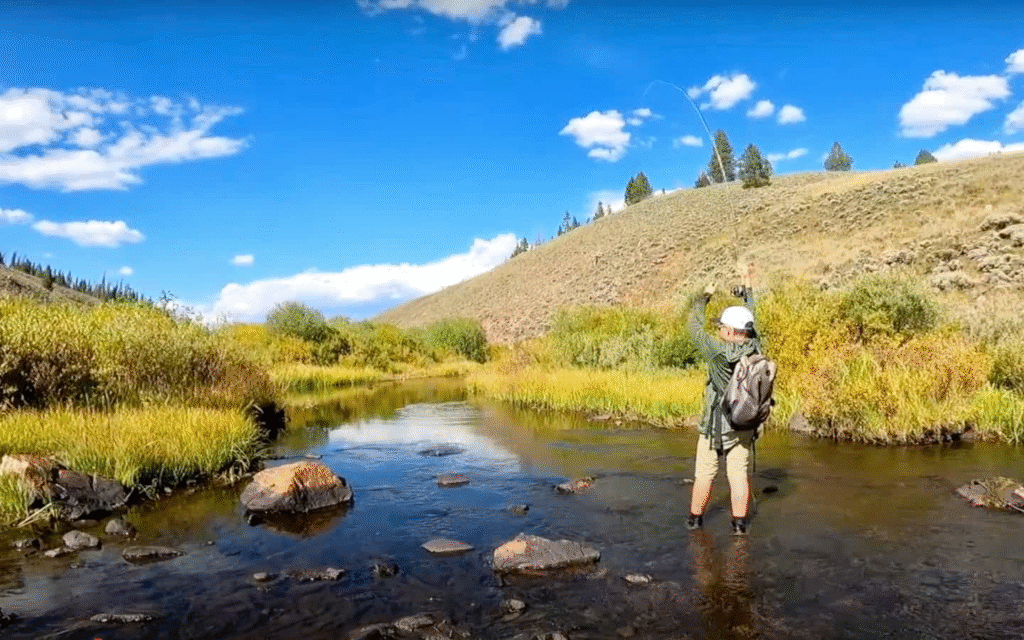
7. Saving Money on Fishing Licenses & Permits
Fishing without a license can lead to hefty fines—but there are easy ways to cut costs.
How to Save Legally
- Buy Annual Passes: Better value than multiple day passes.
- Free Fishing Days: Most states offer at least two per year.
- Youth Licenses: Kids under 16 usually fish free.
- Senior/Veteran Discounts: Many states offer reduced rates.
- Resident Licenses: Always cheaper than non-resident ones.
Example prices (as of 2025):
- Resident Annual License: $25–$45
- Non-Resident Annual License: $50–$100
- 1-Day License: Around $10–$15
Always check your state’s official wildlife website before you go.
8. Gear Maintenance That Saves Money
Keeping your gear clean and functional prevents costly replacements.
Simple Routine After Every Trip
- Rinse rods and reels with fresh water (especially after saltwater).
- Check the line for frays or damage.
- Wipe reels dry and apply a light lubricant twice a season.
- Store gear indoors in a cool, dry spot.
Pro Tip:
A $6 bottle of reel oil can save you $100 in repairs. Maintenance is the ultimate money-saver for long-term anglers.
9. Fishing With Family on a Budget
Few experiences match the joy of family fishing. The best part? You can do it for less than $30 a day if you plan ahead.
Tips for Family Fishing
- Buy combo kits for kids (often under $30).
- Bring your own snacks and drinks instead of eating out.
- Choose easy-access local ponds or piers.
- Use live worms or corn—cheap, easy, and effective.
- Teach catch-and-release to save on bait and gear.
Fishing helps kids learn patience, focus, and respect for nature—all while giving your family quality time outdoors.
10. How to Save on Boats, Kayaks & Accessories
Boats can be expensive, but there are tons of alternatives for frugal anglers.
Smart Boat Alternatives
- Rent small boats or kayaks for $25–$50/day instead of buying.
- Buy used on Facebook Marketplace, Craigslist, or OfferUp.
- Inflatable Kayaks: Affordable and portable ($100–$300).
- Join a Local Fishing Club: Some include boat access in membership.
- Shore & Pier Fishing: Free and often just as productive.
Budget Accessory Tips
- Skip expensive electronics—start with a $60 handheld fish finder if needed.
- Buy life jackets, paddles, and coolers second-hand (always check safety gear carefully).
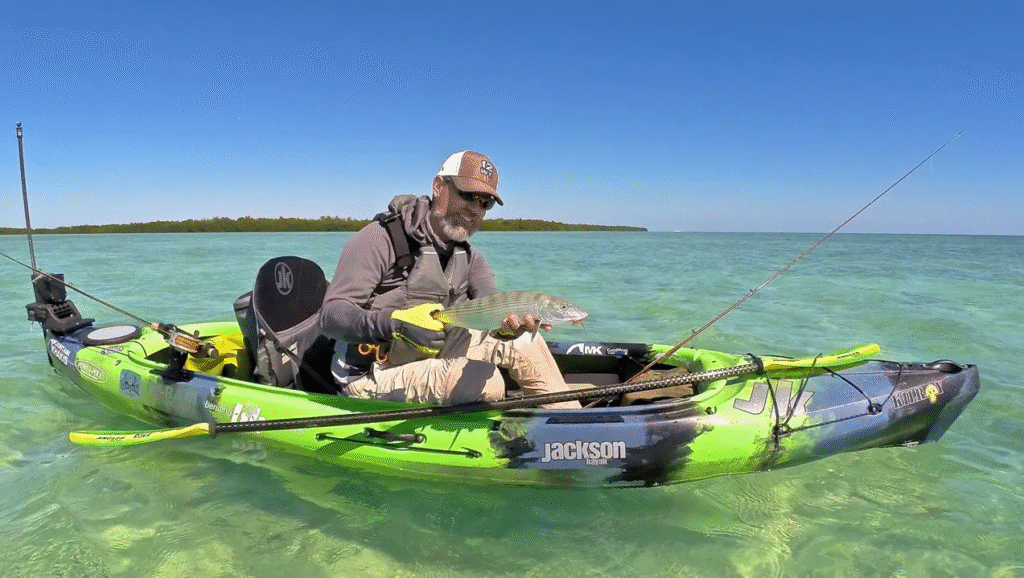
11. The Smart Angler’s Shopping Calendar
Knowing when to buy can save you hundreds.
Best Times to Buy Fishing Gear
| Season | Why It’s Great |
|---|---|
| January–February | Post-holiday clearance sales |
| May–June | Spring promotions on rods & reels |
| September–October | End-of-summer clearance |
| Black Friday/Cyber Monday | Deep discounts online |
Best Places to Shop
- Amazon – Price comparison and reviews.
- Bass Pro Shops / Cabela’s – Reliable warranty and seasonal sales.
- Walmart / Academy Sports – Budget combos and lures.
- Facebook Marketplace / eBay – Lightly used gear for 30–70% less.
Always compare prices and check product reviews before buying.
12. Buying Used: Second-Hand Fishing Gear Done Right
Pre-owned equipment can be an incredible value—if you know what to look for.
Checklist for Buying Used Gear
- Smooth reel handle and drag (no grinding or sticking).
- No cracks or dents on rod blanks.
- Guides are intact and not bent.
- Little to no rust on screws or bearings.
- Ask for a function test before paying.
Good sources:
- Facebook Marketplace
- Pawn shops near lakes or coastal towns
- Craigslist (always meet safely in public places)
- Local fishing swap meets or garage sales
Buying used gear can easily save you 50% or more while keeping perfectly usable equipment out of landfills.
13. Online & Local Communities That Help You Save
Joining fishing communities helps you learn faster and find great deals.
Where to Connect
- Reddit (r/Fishing, r/BassFishing) – Tips, reviews, and bargain finds.
- Facebook Fishing Groups – Gear trades, giveaways, and local events.
- Local Fishing Clubs – Access to shared boats, gear, and advice.
- YouTube Channels & Forums – Free tutorials and DIY repair guides.
Sharing gear, trading tackle, or joining community events can cut your fishing costs dramatically.

14. Extra Tips to Catch More and Spend Less
- Reuse containers for tackle storage.
- Buy bulk fishing line and share with friends.
- Stick to versatile lures (soft plastics, spinnerbaits, jigs).
- Use polarized sunglasses to spot fish better—budget pairs work fine.
- Pack homemade meals instead of buying food at marinas.
- Repair, don’t replace. A $3 replacement tip guide can save a $70 rod.
Remember: smart anglers catch more fish—not because they spend more, but because they prepare better.
15. Final Thoughts
Fishing on a budget isn’t about cutting corners—it’s about being resourceful.
By focusing on knowledge, affordable gear, and good habits, you can fish year-round without spending a fortune. Whether you’re a solo angler, weekend warrior, or parent introducing kids to the sport, the best moments come from the experience, not the price tag.
So grab that rod, head to your favorite local lake, and remember—you don’t need money to make memories.




